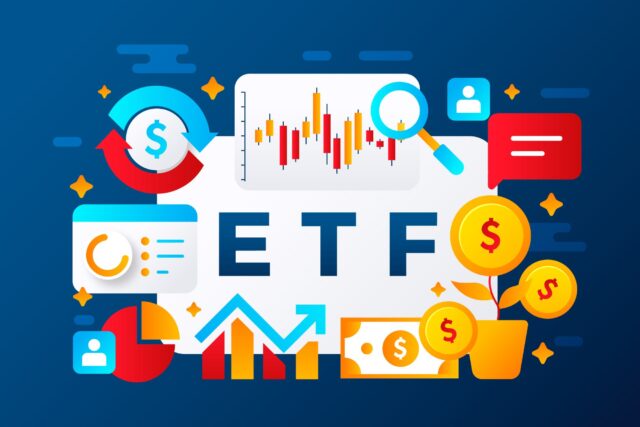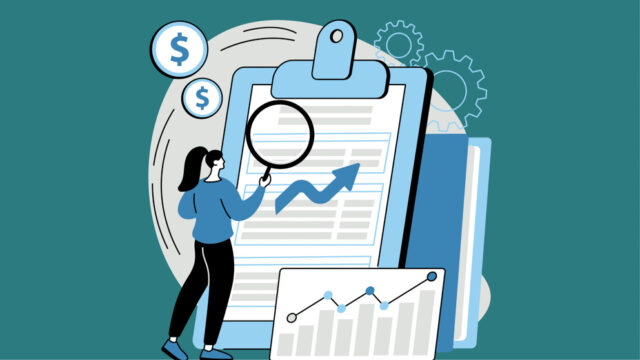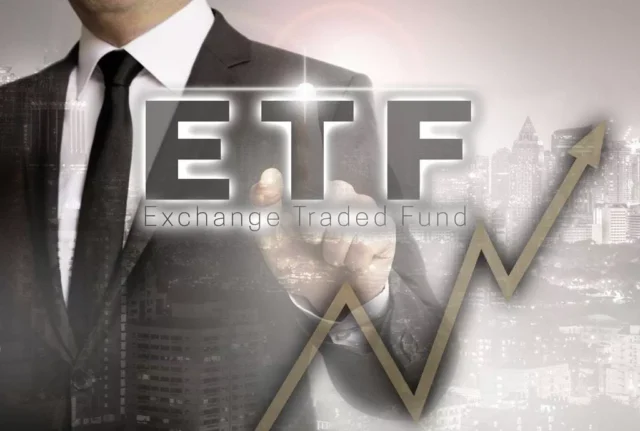
Exchange-traded funds (ETFs) have become an essential component of modern investment portfolios. Offering flexibility, diversification, and accessibility, ETFs allow investors to gain exposure to a wide range of asset classes without the need to purchase individual securities. However, choosing the right ETF can be a daunting task given the vast number of options available.
In this guide, we’ll break down the process and provide a comprehensive approach to selecting the perfect ETF for your portfolio.
To learn more about ETFs to invest in and portfolio diversification, you can visit Saxo.
Understanding the Types of ETFs

ETFs come in various types, each catering to different investment strategies. Here’s a quick overview:
- Equity ETFs: These track stock indices like the S&P 500 and provide broad market exposure, making them ideal for long-term growth through equity investments.
- Bond ETFs: Focused on fixed-income securities, these offer regular income and less volatility than stocks, making them great for diversification and risk management.
- Commodity ETFs: These invest in physical commodities like gold or oil, often used as a hedge against inflation and to diversify away from stocks and bonds.
- Sector and Industry ETFs: These target specific sectors, such as technology or healthcare, allowing investors to capitalize on industry trends.
- International ETFs: Provide exposure to global markets, ideal for diversifying outside your domestic market and capturing international growth.
- Thematic ETFs: Focus on investment themes like ESG factors or clean energy, aligning with personal values or future trends but with higher concentration risks.
Key Factors to Consider When Selecting an ETF
Selecting an ETF requires a careful analysis of several factors that will determine its suitability for your portfolio. Here’s a breakdown of the most crucial aspects to consider:
Investment Goals and Strategy
The first step in selecting the right ETF is to identify your investment goals and strategy. Are you looking for growth, income, or stability? If you are in the accumulation phase of investing, equity ETFs might be a good fit for long-term growth. On the other hand, if you are closer to retirement and need steady income, bond ETFs might suit your objectives better. Understanding your financial goals will guide you toward the most appropriate ETF type.
Expense Ratio

The expense ratio is the annual fee charged by the fund to manage the ETF. It is essential to consider this cost because even a small difference in fees can have a significant impact on long-term returns. Generally, passively managed ETFs, such as those tracking major indices, tend to have lower expense ratios than actively managed funds. A lower expense ratio will maximize your returns over time, making it an important consideration when selecting an ETF.
Liquidity
Liquidity refers to how easily an ETF can be bought or sold in the market without affecting its price. ETFs with higher liquidity tend to have smaller bid-ask spreads, which translates to lower trading costs. It’s essential to check the average daily trading volume of an ETF to ensure it is sufficiently liquid for your needs. If an ETF has low liquidity, you may face higher costs when buying or selling shares.
Performance History
While past performance is not a guarantee of future results, reviewing the performance history of an ETF can provide valuable insights into its stability and growth potential. Look at the historical returns over different timeframes, such as 1-year, 5-year, and 10-year periods. Pay attention to how the ETF has performed in various market conditions, as this can help you gauge its resilience and alignment with your investment strategy.
Underlying Assets
ETFs typically track an index or a basket of assets, so it’s essential to understand what those underlying assets are. For example, if you invest in an S&P 500 ETF, you are gaining exposure to the top 500 companies in the U.S. Understanding the composition of the ETF’s portfolio helps you assess whether it aligns with your desired risk tolerance and sector preferences.
Diversification Benefits of ETFs
ETFs are renowned for their diversification benefits, which can significantly enhance the risk-return profile of a portfolio. By investing in an ETF, you gain exposure to a wide variety of assets, reducing the impact of any single security on your overall portfolio.
Building a Balanced Portfolio

ETFs allow investors to achieve diversification without having to buy numerous individual stocks or bonds. A single equity ETF can give you exposure to hundreds of companies, helping balance out individual risk. Similarly, bond ETFs allow you to diversify across different types of bonds, whether government or corporate, domestic or international.
Risk Management
Diversification is one of the most effective tools for managing risk. By spreading investments across multiple asset classes or sectors, ETFs reduce the volatility that can come from concentrating investments in a single asset. This diversification provides a smoother ride for your portfolio, especially in turbulent market conditions.
Impact on Portfolio Correlation
The right mix of ETFs can help optimize your portfolio’s correlation. Assets with low correlation to one another tend to perform differently under various market conditions, reducing overall portfolio risk. For example, a portfolio that includes both equity ETFs and bond ETFs can provide balance, as stocks and bonds typically react differently to economic cycles.
Conclusion

Selecting the right ETF is an essential step in building a diversified and balanced investment portfolio. By understanding the different types of ETFs, evaluating key factors like expense ratios and liquidity, and assessing your investment goals, you can make an informed decision that aligns with your financial objectives. Keep in mind that ETFs offer flexibility, but they also come with risks, so continuous monitoring and strategic rebalancing are key to achieving long-term success.









